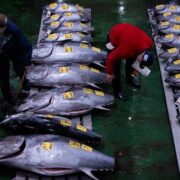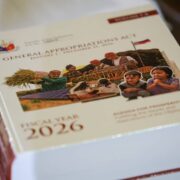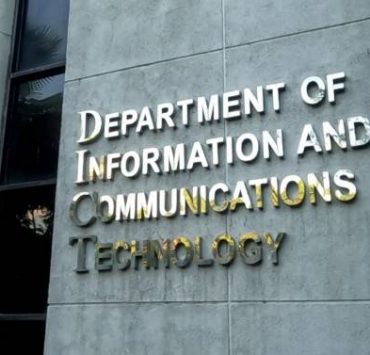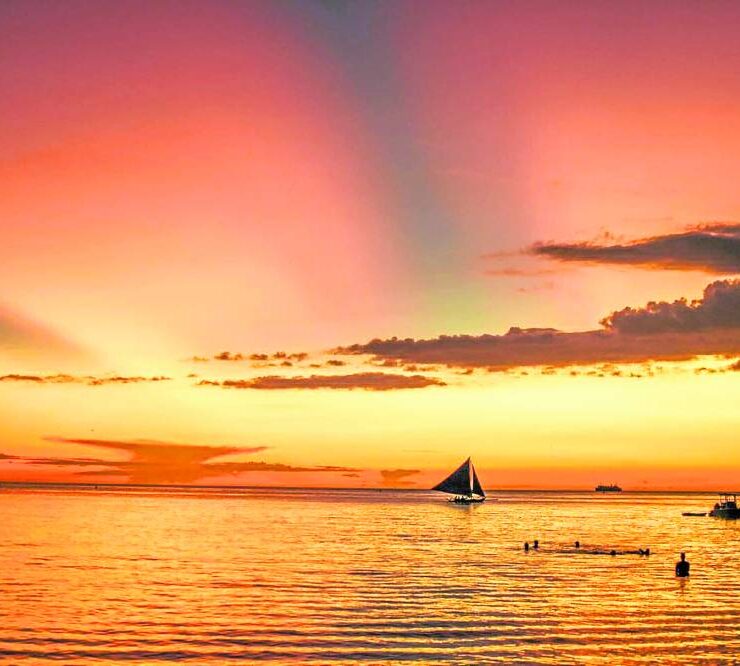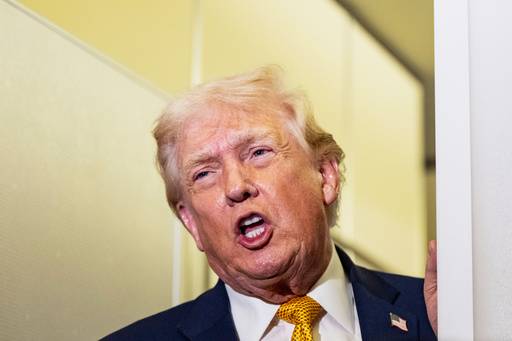PH, Sino ministers talk de-escalation—but ‘Monster’ back in EEZ
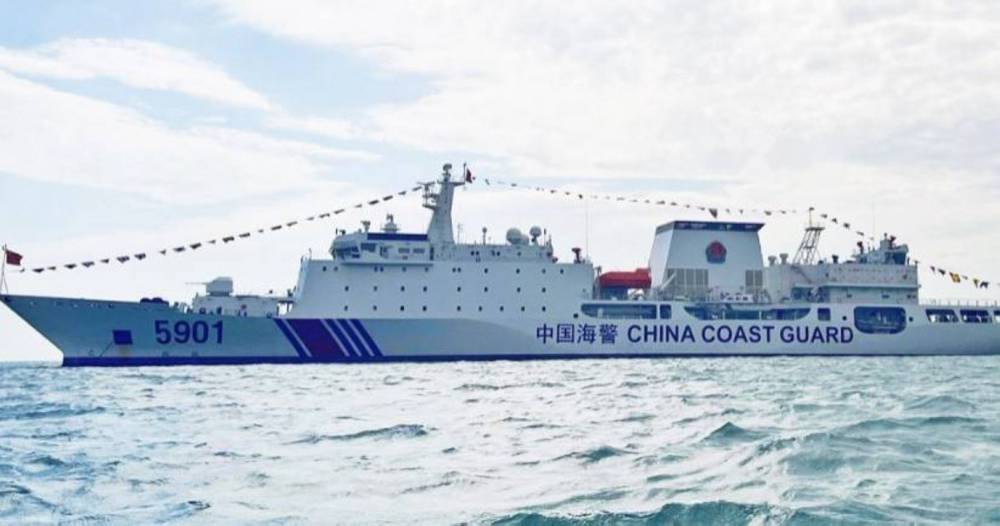
The Chinese vessel known as “The Monster,’’ so-called for being the largest coast guard ship in the world, reentered the country’s exclusive economic zone (EEZ) on Wednesday morning, in what a retired Philippine Navy officer said was Beijing’s way of sending a fresh message to Manila that it owns almost the entire South China Sea.
Posting about the sighting on X, United States maritime expert Ray Powell said the 165-meter-long China Coast Guard (CCG) ship with bow number 5901 returned for another “intrusive patrol” into the EEZ and joined another, 102-meter-long CCG craft with bow number 5203 at Ayungin (Second Thomas) Shoal.
‘Substantial progress’
The latest sighting coincided with—and could put to the test—pronouncements made on the same day by Filipino and Chinese officials about new efforts to “de-escalate tensions” in the West Philippines Sea, especially after the June 17 confrontation that saw knife- and ax-wielding CCG personnel surrounding a Philippine Navy resupply mission to the shoal, boarding and damaging the latter’s rubber boats, taking some firearms, and causing one Filipino sailor to lose a thumb as a result of a “high-speed ramming.”
More than two weeks after the encounter, Undersecretary Theresa Lazaro of the Department of Foreign Affairs (DFA) and Chinese Ministry of Foreign Affairs Vice Minister Chen Xiaodong met in Manila for the 9th Beijing-Manila Bilateral Consultation Mechanism (BCM) on the South China Sea on July 1.
The ministers of both countries agreed to improve dialogue and cooperation, particularly between their respective coast guards, the Chinese Embassy in Manila said on Wednesday.
In its own statement on the meeting issued on Tuesday, the DFA said the two sides “affirmed their commitment to deescalate tensions without prejudice to their respective positions. There was substantial progress on developing measures to manage the situation area.
“The two sides agreed to continue discussions on maritime cooperation between their respective coast guard authorities, including the possible resumption of the Joint Coast Guard Committee (JCGC).”
“Noting recent incidents in the South China Sea, both sides recognized that there is a need to restore trust, rebuild confidence, and create conditions conducive to productive dialogue and interaction,” the DFA added.
Hard-line positions
The BCM is a diplomatic mechanism formed to address issues relating to the maritime conflict in the South China Sea, where Beijing’s sweeping claims extend to Manila’s 370-kilometer EEZ on the western side of the Philippine archipelago.
The discussion to revive the JCGC—a body formed in 2016 in the early part of the Duterte administration—took off from the exchanges in the 8th BCM held in Shanghai in January.
But underlying the new overtures for dialogue are the old hard-line positions of both countries.
“The Chinese side urges the Philippine side to stop maritime infringement and provocation at once, earnestly abide by the provisions of the Declaration on the Conduct of Parties in the South China Sea, return to the right track of properly handling disputes through dialogue and consultation, jointly manage the situation at Ren’ai Jiao (the Chinese name for Ayungin Shoal) with the Chinese side, promote the easing and cooling down of the maritime situation, and stabilize China-Philippines relations from further deterioration,” the Chinese Embassy statement said.
But Lazaro, in the DFA statement, maintained that the Philippines enjoys sovereign rights in the EEZ as upheld by the 2016 arbitral ruling, which voided China’s expansionist claims for having no basis in international law.
“In her comments, Undersecretary Lazaro underscored to her counterpart that the Philippines will be relentless in protecting its interests and upholding its sovereignty, sovereign rights and jurisdiction in the West Philippine Sea,” the department said.
Approaching Magbanua
According to Powell, as of 2:30 p.m. on Wednesday, CCG 5901 was seen heading toward Escoda (Sabina) Shoal where a Philippine Coast Guard vessel, the BRP Teresa Magbanua, has been stationed since May in response to the presence of Chinese maritime militia and reported reclamation activities.
Powell is the director of SeaLight, a program of Stanford University’s Gordian Knot Center for National Security Innovation that tracks Chinese activities in the West Philippine Sea.
Last week, The Monster passed by the grounded warship Sierra Madre, the Philippine military outpost at Ayungin, and came as close as 63 km (34 nautical miles) from the coastal town of El Nido in Palawan.
Commodore Jay Tarriela, the PCG spokesperson for the West Philippine Sea, earlier said CCG movements on June 17 “directly encroached” on the territorial waters of the Philippine-occupied features of Parola and Pagasa, “violating our sovereignty.”
Tarriela said the 12,000-ton CCG ship also passed by Escoda and Panatag Shoal, Bayani and Union Banks, and the Kagitingan Reef in the West Philippine Sea last week.
‘Antiwar narratives’
“The presence of the CCG 5901 is obviously a ‘show the flag’ mission to convey the message that our exclusive economic zone is theirs,” Philippine Navy retired Rear. Adm. Rommel Jude Ong, a professor at the Ateneo School of Government, told the Inquirer on Wednesday.
Ong said the CCG ship’s return to the EEZ on Wednesday was “perfectly timed to coincide” with the 9th BCM, as well as with visit of the Vatican’s foreign minister, Archbishop Paul Gallagher, in Manila.
“The timing of the Vatican representative to Manila with a message for a peaceful resolution of the SCS issue is also significant, considering its current engagement with the Chinese Communist Party on matters involving Catholics in mainland China,” he said.
“We also are seeing an uptick in antiwar narratives” in social media, espoused by local political personalities, Ong noted. “Taken altogether, they are intended to convince the Philippine government to deescalate tension in WPS in their favor.”



